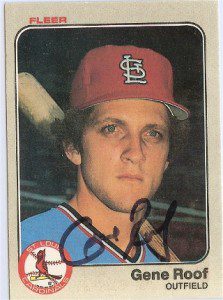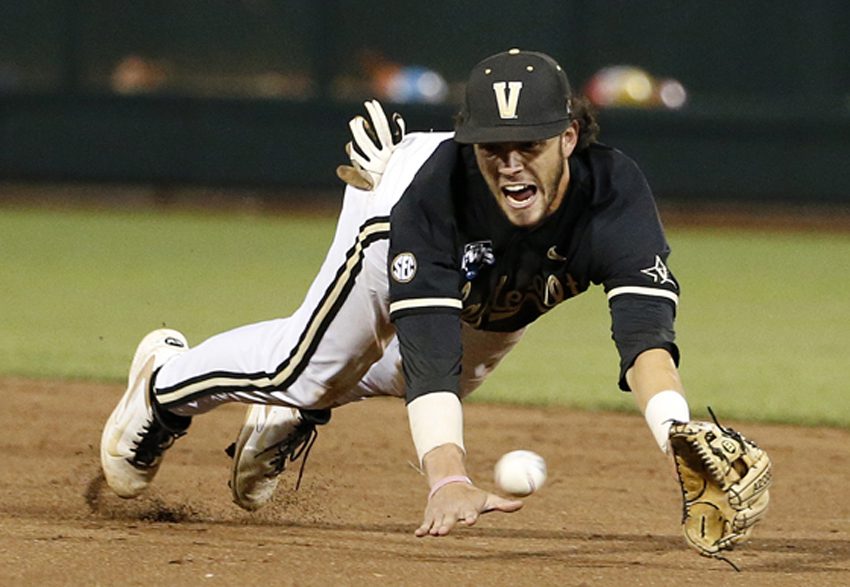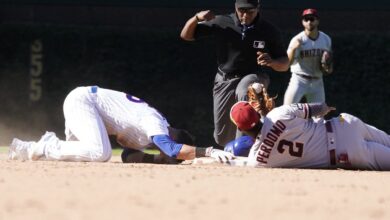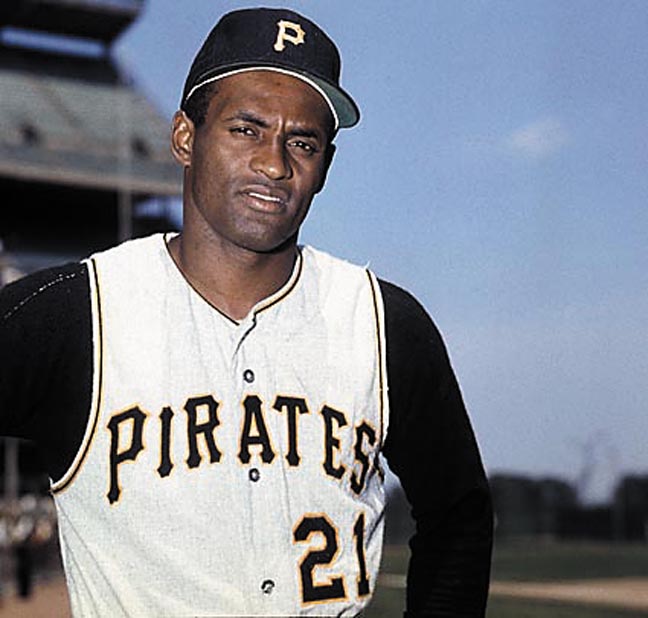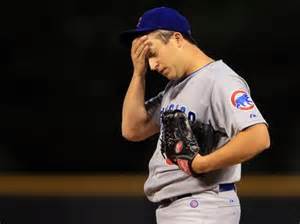


I got a call from a Chicago Cubs sales agent yesterday. He told me that I wasn’t being called with an offer to buy season tickets, but there is a chance I might be called for another reason. Kind of an odd way to go about selling something.
When I told the telemarketer — or whatever his actual title is — I wasn’t interested in his potentially forthcoming offer about the Cubs future. To my surprise, he seemed genuinely unaware of a reason why. I asked him if he had seen the team that was on the field this year. From his answer, it was clear he had not.
It was as if McDonald’s called me up with the news they might offer me the chance to buy their hamburgers and french fries, but they weren’t offering them to me just yet. I’d have to wait to see if they actually would make me an offer to spend my money there.
The man who called me with this good news about the Cubs future seemed to be long on salesmanship and short on baseball knowledge. Nobody says a salesperson has to enjoy what they are trying to sell, but a fundamental knowledge of the product being offered would be helpful.
I told him the product on the field was atrocious this year, and there was no reason to think it will be any better next year. This is when — if I played my cards right — I would presumably be given the chance to buy the same tickets that some poor sap probably bought this year and now wishes he hadn’t.
The Cubs drew 2.6 million people this year, or so they will tell anyone who will listen. But the reality is they sold that many tickets, and had a significant number of those tickets remain unused by the fans who bought the story the team now is desperately trying to sell.
The sales rep assured me the Cubs have the No.2 ranked farm system in all of baseball — if he told me who says that, I didn’t hear it — and the results of the farm system will make the team better in the years to come in the Cubs future. And that was all he had to offer me. Frankly speaking, that’s what the Cubs have to offer. As the Beastie Boys once stated, “That’s it, that’s all, there’s all there is.”
But there needs to more than that. I wanted to call BS on his presentation, but it would have been more appropriate to call GR instead. And the GR stands for Gene Roof.
I didn’t have the time or the inclination to tell the Cubs sales rep this, but I grew up in Springfield, Ill., in the late 1970s and early 1980s. At that time, Springfield must have been the only city of 100,000 people to have a triple-A farm team. The Springfield Redbirds — formerly the New Orleans Pelicans — were the St. Louis Cardinals’ triple-A affiliate in the American Association. I got to see lots of top-notch minor-league talent passing through on their way to the majors. I didn’t even know how good I had it at the time.
Gene Roof was one of the stars on the Redbirds in 1980 and 1981. But when he got the call to the majors, he didn’t make the grade. He had minimal numbers of games played and at-bats for the Cardinals in 1981, 1982 and 1983. In fact, after 1983, he never played in the big leagues again, after 48 games and 105 official plate appearances. Which is 105 more than I would ever have, but that’s not the point I’m trying to make here.
Roof continued to play at triple-A until 1987. By then, he was 29 years old and had to realize the big leagues weren’t going to happen for him. But to the 12 year-old kid who watched him play in 1980, he had future big-league star written all over him.
Two of the Cardinals I saw come through Springfield — Tom Herr and Ken Oberkfell — did go on to contribute to the Cardinals in a significant way. But when they won the World Series in 1982, former Redbirds players were in short supply on the Cardinals’ roster. Instead, they had some talent already at the big-league level (including 1979 MVP Keith Hernandez), they made some good trades (for Ozzie Smith and Willie McGee), they made some good free agent signings (for Darrell Porter and Joaquin Andujar) and they added a bit of minor-league talent. That combination came together, and it took the Cardinals to the top in 1982.
Success in the minors does not always translate into success at the major-league level. I told the Cubs salesman this, and he reiterated the minor-leaguers were going to grow into major-league stars. No mention was made of any other talent sources. It’s all in the minors, so far as the Cubs are concerned.
And that really alarms me, since the cupboard is bare when it comes to major-league talent for the Cubs or the Cubs future. The only big-money free agent signing — Edwin Jackson — was a bust this year, and there hasn’t yet been a trade that has added anything considerable to the organization. Theo Epstein apologists will point to the Anthony Rizzo trade with San Diego, and forget to mention Rizzo is hitting .232 this year, while the pitcher that was given up — Andrew Cashner — has more wins this year than anybody on the Cubs.
So when you offer minor-leaguers, and nothing more, don’t be surprised when I tell you I’m not buying. And please don’t waste your time or mine by calling back again. If Gene Roof gave me a call, I might be amused by that, but he’s now a coach in the Tigers organization, so I don’t think that will happen. But thinking about the past is preferable to the Cubs’ present, and even the Cubs future, for that matter.


